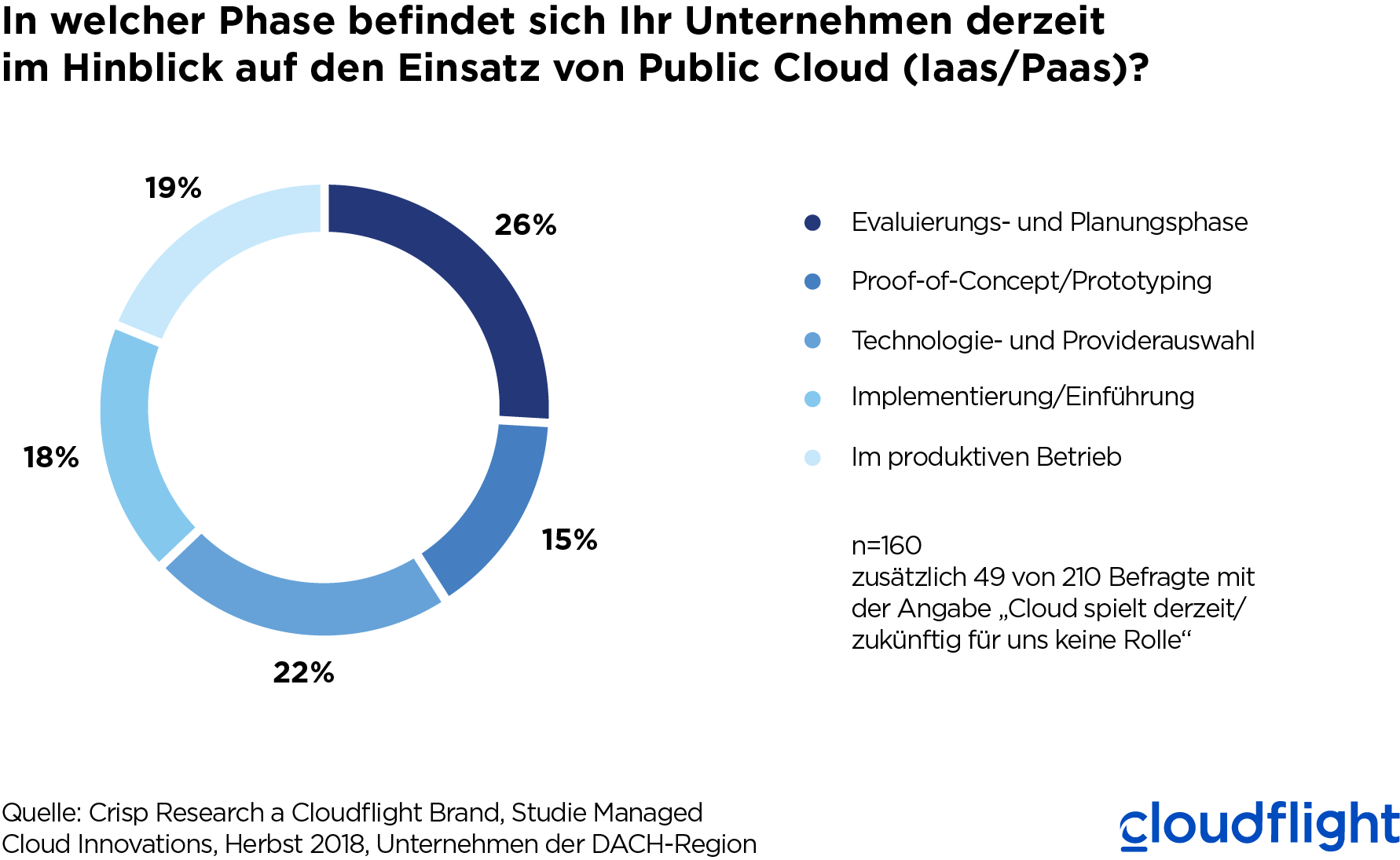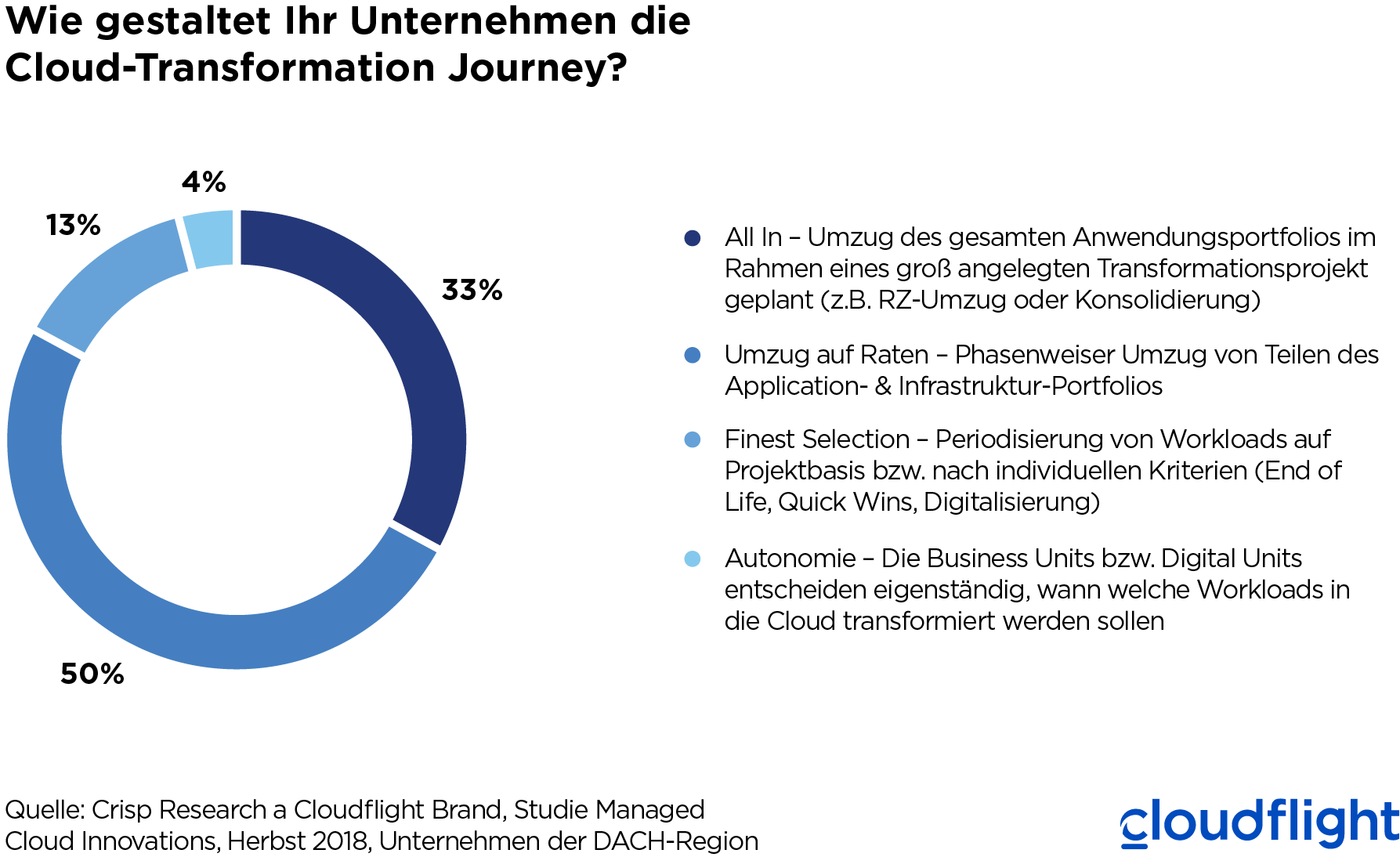You are probably tired of hearing or reading about it – but we are undergoing a global crisis, which continues to develop in an unpredictable manner and might have predominantly positive or negative effects. From a medical and economic perspective, many people and businesses are currently being pushed to their limits. These types of situations only turn into a crisis if nobody saw them coming, or if the urgent warnings of some experts and “doomsayers” are not taken seriously. In the current situation, this applies to both the coronavirus itself as well as the financial position of companies or entire national economies, not to mention the state of digitalization of these companies and countries. The only decision-makers in companies who are still able to enjoy a good night’s sleep are those who a) have been fortunate enough to remain free of the virus, and b) did their homework when it comes to digitalisation. We would like to take this opportunity to praise the (much maligned) providers who make this possible in the first place. How Modern Cloud Collaboration Services ensure Communication In some respects, the world is not as complicated as it seems. This at least rings true when it comes to digital communication. Break it all down, and companies really only need the following equipment to maintain their business operations when employees are working from home:
- a cloud drive for file storage,
- a video collaboration service with a good video and voice feature (which is, in other words, a phone for the 21st century!),
- a chat platform,
- a well-functioning VPN network,
- sufficient network bandwidth,
- and a short training programme for employees on how to handle all this without overloading the VPN network.
Companies providing their employees with this list of services are ensuring that they are fully prepared for remote working, at least from the IT side of things. Even if this list might seem a bit trivial, the same cannot be said when it comes to finding the right provider. Providers have taken their time to set their priorities straight with these tools, particularly when it comes to video collaboration – first optimising their communication functions before offering a broad swath of extra features. For this reason, and as a result of their hesitance in carrying out the cloud transformation, many companies have waited a long time before implementing the solution that works for them. But there are also many who are voicing criticism. zoom, one of the clear leaders in enterprise video collaboration from a technical perspective, still faces harsh criticism for its data privacy practices. The company has had to justify other practices as well, particularly when it comes to security and their – to put it in neutral terms – “unusual” installation process. Even in 2019, a hidden web server was installed on Apple devices, which allowed any user to launch a conference on the device through the Internet. Apple even intervened personally later on in the form of an additional patch. The current version of zoom requires, among other things, root user privileges, to already access the systems of users before the actual installation. Those responsible for IT in companies must definitely take such information seriously, and they must precisely evaluate what the security concept looks like as a whole, what actual threats exist, and whether they can still justify using the tools they have implemented. It is worth taking a very close look in this situation, with many issues coming together in the hot button issues. Tracking, end-2-end encryption, hyperlink security, installer security, dark UI patterns and the like must be evaluated and assessed individually. In the meantime, zoom has at the very least demonstrated that it responds to these various points of criticism. What’s more, companies should not erroneously think that zoom is the black sheep of collaboration services. Nobody has managed to demonstrate that Skype for Business, Teams, WebEx, GoToMeeting, and other services are flawless in this respect. And that’s to say nothing of consumer services such as Google Duo and the classic versions of Skype and WhatsApp video chat, which also sell data by the dozen to third-party providers. All thing considered, the benefits of enterprise solutions outweigh any drawbacks – if managed properly. And before employees exchange business-related information via WhatsApp, Snapchat, and similar services, or even use them to hold meetings, it’s probably still better to opt for enterprise collaboration. Cloud First – From a Mere IT Buzz Word to a Strategy for Survival and Success Successful cloud strategies are absolutely vital to business continuity, as well as to the security of company data and know-how. Decision-makers who were already monotonously droning the phrase “cloud first” years ago, and who found themselves forced to justify their priorities time and again, are now probably well-equipped for the upcoming situation. Now, they are most likely already exploring the latest trends in digital technology, researching the use of AI for service processes, automating their products, or rolling out their cloud native strategy for the entire IT infrastructure – if they’ve managed to stay the course in face of resistance, at least. Other decision-makers, meanwhile, have reverted to contingency mode and are exploring how their IT landscape can handle the massive increase in loads, trying to ensure that the services manage to offer an adequate alternative to the usual work environment in the first place. Many decision-makers must now fast-track their cloud transformations, which can be costly and nerve-racking. So even with all the negative effects of the corona crisis, which certainly cannot be overlooked, we are still trying to shed a light on the potential positive aspects to arise from this current situation. We’re convinced that many decision-makers will finally understand what major tasks are upon them. Since 2018, at which time the lion’s share of companies were in the cloud exploration phase at best, work has been done, and many companies have managed to take a further step into the future. Nevertheless, we estimate that 40 to 50 percent of companies in the DACH region still need to concretely implement and introduce the public cloud. Before, they did not have the time, budget, or trust in public cloud infrastructures necessary to take this step. With the corona crisis, they have been called into action once more, and are forced to at least handle the cloud transformation in a much more constructive way, overcome the lengthy evaluation and waiting phase, and explore which options can be viable for them. Illustration 1: In welcher Phase befindet sich Ihr Unternehmen derzeit im Hinblick auf den Einsatz von Public Cloud (IaaS/PaaS)?

Source: Crisp Research, Studie Managed Cloud Innovations, Herbst 2018, Unternehmen der DACH-Region The cloud transformation and the modernization of the application landscape does not immediately need to be pushed forward in “all-in mode”. A step-by-step procession and a focus on truly beneficial changes will usually suffice. Many companies are currently working out a hybrid cloud concept, which works with a highly automated cloud native management concept, including a public cloud environment for the development, testing, and operation of new digital services. The new interpretation of cloud first is certainly more differentiated than moving everything into the cloud haphazardly. To begin with, a good selection of applications for modernization, the development of a dynamic, elastic, and agile cloud environment for digital platforms and proprietary services, as well as the integration of SaaS landscapes into several business segments is both sufficient and much more realistic for many companies than the full “big bang” migration into the public cloud. Illustration 2: Wie gestaltet Ihr Unternehmen die Cloud Transformation Journey?

9.1 Terabits per Second – How Cloud and Telecom Companies Manage the Massive Increase in Data Cloud providers must therefore count on continued strong growth of their platforms. Many of them are currently breaking their own records:
- In several regions and with several services, Microsoft Azure is reporting an increase of up to 775 percent in the network and CPU infrastructure load, particularly attributable to greater use of Microsoft Teams, Windows Virtual Desktop, and Power BI. This is already bringing parts of the infrastructure to capacity limits, and Microsoft has had to at least introduce limitations to ensure continued stability.
- At the Internet node DE-CIX in Frankfurt, the barrier of 9 terabits of traffic per second has been broken. The provider has set new records and still does not appear to be imposing any self-restrictions.
- The cross-regional networks, as well as those of colocation providers and hyperscalers, have helped ensure that the German Internet backbone has recorded virtually no comprehensive disruptions. The cross-regional projects of Telkos, such as those of Deutsche Telekom, have done their job well.
- The only thing limiting innovation – and this is still primarily attributable to market regulations – is the final mile infrastructure, with performance still lagging, particularly in rural areas. More and more households may have access to fibre optics, but the number should be higher still. Many people are still dependent on copper cables to go online, and struggle with weak performance in their home office, in spite of stable cross-regional networks. The free market would probably have done a much better job here by now.
The network and computing infrastructure of providers have thus passed their first test of endurance, to ensure that they can largely cope with booming growth in loads. Many companies will presumably launch the next stage in the expansion of their cloud adoption over the coming months. This also applies to the integrators and service providers who will accompany the companies in their cloud transformations. From application modernisation up to the cloud native architecture, there are many action areas for companies to be addressing to at least some extent during the corona virus phase. The development of a new cloud native landscape, which offers significant advantages in the management of applications on all clouds – whether hybrid, multi, omni, private, or public –, can now turn into the X-factor of cloud transformation. If companies use the open source tools surrounding Kubernetes, which have matured greatly, and are well-prepared to exploit the latest trends in the cloud native universe, they potentially have another edge on their competition. It remains to be seen whether the capacities of the hyperscalers are still sufficient if the “contingency plans” for collaboration and video conferencing are joined by a high load on the other business infrastructure. The datacentre facilities of colocation providers such as Equinix, e-Shelter, and other companies, which host the majority of cloud providers, are already experiencing strong loads. As a result, decision-makers can certainly trust in the availability offered by providers in premium services and enterprise cloud platforms for the time being. They should, however, not forget that the public cloud is also subject to the laws of physics and options are not unlimited. If the projected scenario of an additional 30-to-50 percent of companies adopting the public cloud is joined by a growth of cloud resources of those companies already operating the lion’s share of their infrastructure, their capacity might become tight. Cloud providers will then also need to quickly increase capacity and accommodate the growth, without suffering the growing pains which are already now becoming apparent. Cloud Strategy and Migration – Full Speed Ahead As such, companies – above all those in non-regulated segments – will try to implement their cloud strategy as promptly as possible, and drive forward the migration of their application landscape into the cloud. Many of the arguments previously heard against the necessity of cloud services are barely tenable now. Those companies which truly want to become crisis-proof will no longer merely rely on their on-premise architecture. Regulated industries, in which compliance and privacy are more vital still, will assess the transformation to the cloud once again. This requires somewhat greater sensitivity in carrying out the transformation, but this should not constitute an exclusion criterion either. There are plenty of previous experiences, experts, mature technologies, and courses of action available for walking the path towards the cloud as individually as required and as quickly as the company allows. Disregarding the clear necessity of this step for a second, it is a lesson that many decision-makers have had to learn over the past weeks. We therefore expect the cloud transformations of companies to be rekindled in two ways:
- Cloud modernization itself: The fact remains that Lift & Shift scenarios are not adequate foundations when it comes to cloud strategy. Nevertheless, the modernization of applications might even be a quick win for many companies, bringing along greater flexibility and performance, and potentially direct savings as well.
- Cloud Native transformation: Modern IT infrastructures are increasingly managed over the cloud on the basis of containers. Open source tools surrounding Kubernetes and other solutions are growing in popularity and becoming more adequate for enterprise applications. Many companies can therefore now even pursue a cloud-native-first transformation.
